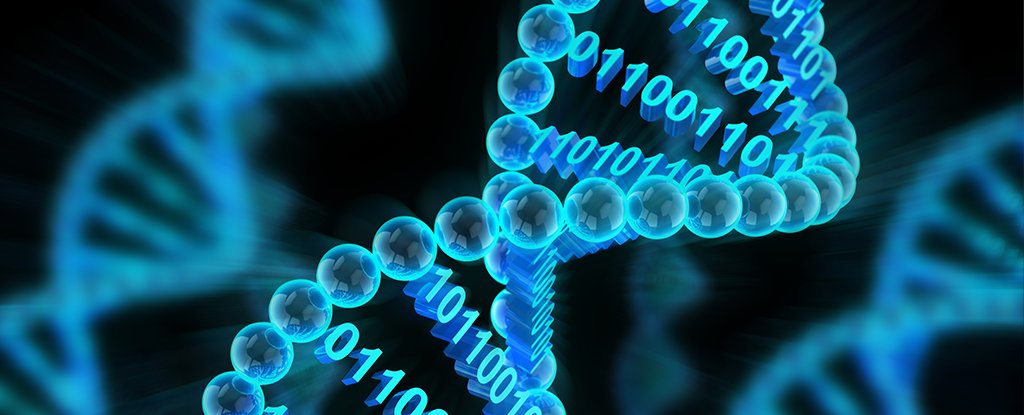Nature can manufacture for us: A long term, efficient data storage medium.
Scientists have been demonstrating the storage of digital data in DNA since 2012, with current methods capable of storing 215 petabytes (215 million gigabytes) per gram of DNA (85% of the theoretical limit). However, these approaches aren’t yet ready for mainstream use; it costs $7000 to synthesise 2 megabytes of data, and another $2000 to read it. It is also currently a slow process, both in ‘writing’ through DNA synthesis, and in ‘reading’ which requires the DNA to be sequenced.
Uses
No commercial uses are known of so far, but:
- In 2012 Harvard University geneticists successfully encoded a 52,000-word book in DNA
- Microsoft plans to add DNA data storage to its cloud by 2020.
Potential Uses
- High quantity, long-term, low access rate applications (most likely), such as archival storage of large amounts of scientific data.
- To make the DNA storage even more reliable could we harness or learn from the way Tardigrades protect/repair their DNA? Theirs stays intact even when they are frozen or dried out, for example, and they can withstand 1,000 times more radiation than other animals.
Processes
- Commercially available oligonucleotide synthesis machines can be used for storage and DNA sequencing machines for retrieval
- Error-free copies can be made through polymerase chain reaction, a standard DNA copying technique
- Storage should be in cold, dry and dark conditions (think woolly mammoth in rock)
More Information
- https://en.wikipedia.org/wiki/DNA_digital_data_storage
- https://www.technologyreview.com/s/607880/microsoft-has-a-plan-to-add-dna-data-storage-to-its-cloud/
- http://www.sciencemag.org/news/2017/03/dna-could-store-all-worlds-data-one-room

Please comment to help us improve this entry: